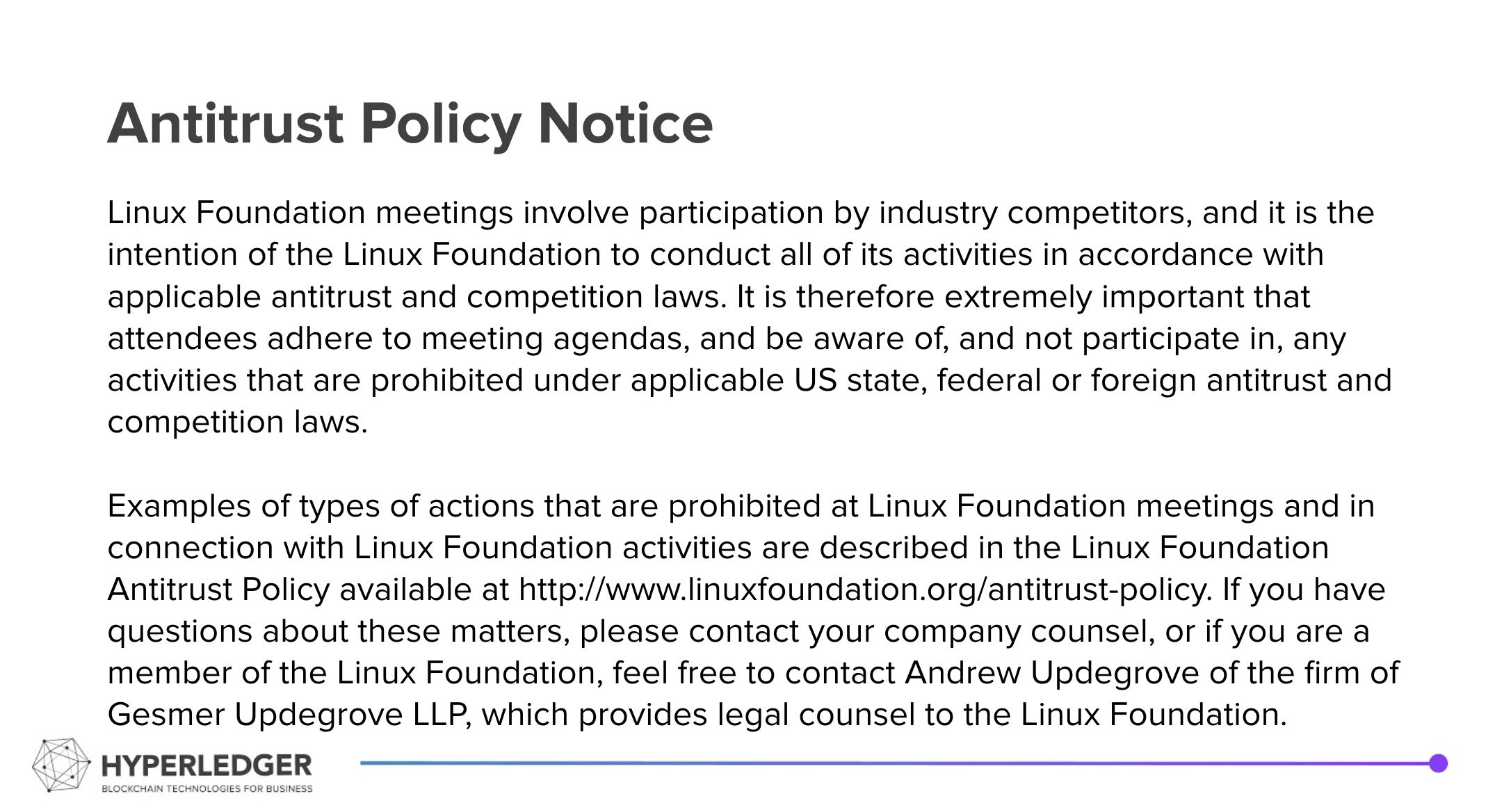Time:
- Tuesday, August 10, 2021 at 8 AM Pacific
- Add Climate Action and Accounting SIG calls to your calendar
Dial-In Information: [ZOOM]
You can join either from your computer or from your phone:
- From computer: https://zoom.us/j/4034983298?pwd=STZQd0xMZU9xRVVOVnpQM3JNQ2dqZz09
- From phone: +1(855)880-1246 (toll free US number) or view International numbers
- Meeting ID: 403 498 3298
Agenda:
- Antitrust Policy Notice
- Welcome new members, including new member introductions
- To Net Zero with Verifiable Credentials by Andreas Kind, Head of Cybersecurity Technology and Blockchain at Siemens, Maximilian Weinhold, Senior Implementation Manager at Siemens and Florian Ansgar Jaeger, Senior Key Expert for Sustainability of energy systems and urban infrastructure
Verifiable credentials as promoted by the W3C as well as the Hyperledger projects Indy and Aries can give individuals control of their identity attributes in a privacy-preserving manner. Estainium, an association of manufacturers and trusted technical inspection organizations, extends the use of verifiable credentials for sharing product-level information in supply chains, specifically for letting suppliers cryptographically prove product carbon footprints (PCFs) down-stream while preserving common supply chain confidentiality assumptions. The aim of this PCF sharing infrastructure is to drive industrial production towards net zero carbon emission.
- Updates / needs from CA2SIG Working Groups
Hyperledger is committed to creating a safe and welcoming community for all. For more information please visit the Hyperledger Code of Conduct. |
|---|
Meeting Notes
- Attendees: 30 + Livestream in YouTube


5 Comments
Si Chen
Does this solution also store the product carbon footprints on a ledger such as Fabric, or does it just use Indy and Aries to request the PCF's from other members of the network?
Si Chen
Thanks Robin Klemensfor answering my question: At the moment, Estainium doesn’t rely on any enterprise blockchain (Fabric, R3 Corda) or public blockchain (Ethereum). They don’t store the data about the PCF on an immutable ledger. They put all the data in Verifiable Credentials that maintain a high degree of privacy and can be shared in peer to peer manner.
Andreas Kind
Well, small correction: Yes, PCFs are encoded as Verfiable Credentials and exchanged peer-to-peer but since we use Hyperledger Indy the underlying registry (for public keys of cerfiers, credential schema and revocation data) is based on distributed ledger technology with consensus and all that blockchain jazz.
Si Chen
Andreas KindThanks for the feedback. So what does it mean when the PCF's are stored on verifiable credentials? Does it mean the recipient can decode the full PCF, ie emissions per unit of product? Is it only available to the recipient, or is it available for later auditing by other parties too?
Andreas Kind
The holder of the credtial (eg, a manufacturer of a product) will store the credential in a wallet. Key information from the credential can then be presented by the holder to a verifier (eg, a customer, auditor).